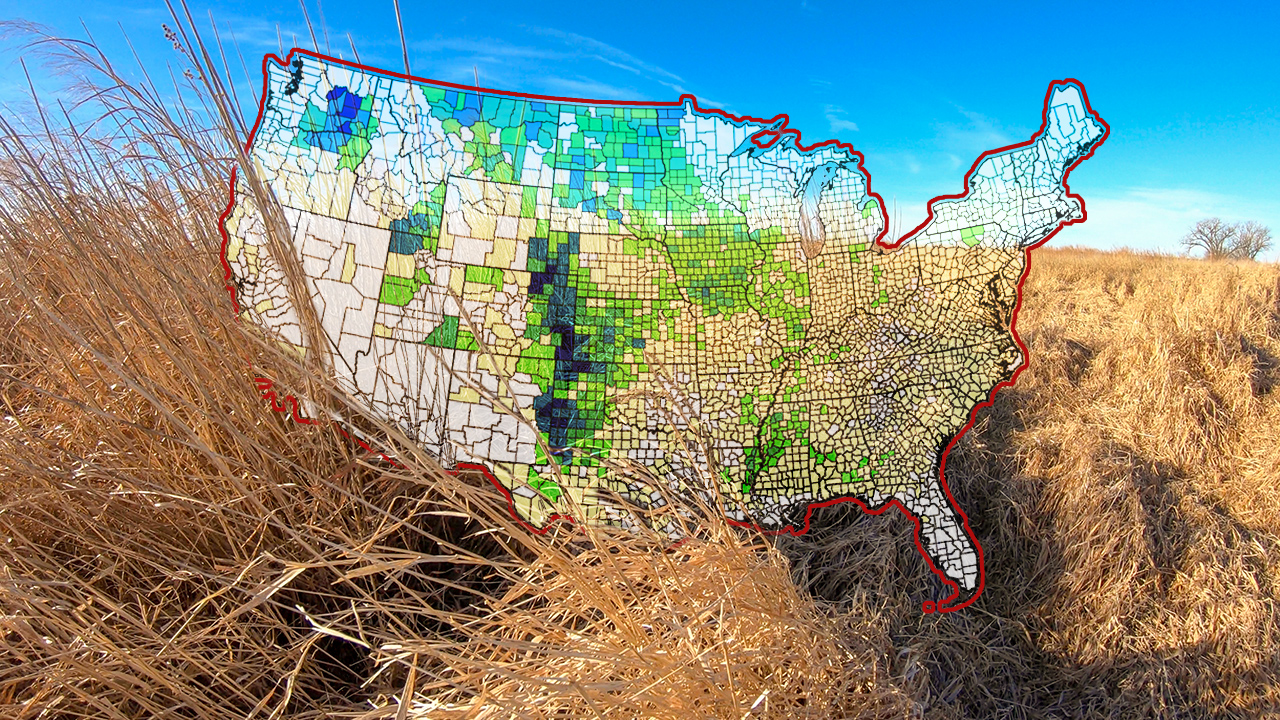
When I first started traveling west to bird hunt our group would have eyes peeled for CRP. What we were really looking for was acres of native prairie grasses. I’m not sure how we came to call any unplanted field CRP.
It’s not unusual for hunters to misunderstand the Conservation Reserve Program (CRP). This may be a result of marketing by the USDA and conservation organizations, or just twisted wires of a highly complex, behemoth federal entity often combined with other programs and agencies.
I didn’t learn what CRP really was or what it stood for until much later. I realized while talking to friends and landowners in Kansas that we were speaking a different language when I asked for information about places to hunt. They didn’t recognize this “CRP” of which I spoke. That’s when I decided I needed to learn more about it.
CRP isn’t a type of grass. When landowners enroll acreage in the USDA’s Conservation Reserve Program they remove land planted in row crops and return it to native plants — this can also include trees and shrubs. In order to qualify for a new 10-15 year government contract, the land must be in production four of the last six years. Simply put, landowners rent cropland to the federal government.
Many hunters mistakenly believe that CRP is a hunting access program — that all land enrolled in this program is available to hunt. It is not. This misconception may stem from the fact that in certain states land enrolled in federal CRP may also be enrolled in state access programs. Landowners receiving rental payments from the federal government may also receive an additional sum per acre to enroll that same land in a state agency’s hunting access program (e.g., WIHA in Kansas, BMA in Montana, CRP Access in North Dakota).
CRP is a program funded wholly by the federal government. The cost to taxpayers is around $1.8 billion each year. Payments per acre have a wide range, but the national average is $81 per acre. The legislation authorizing CRP also caps the total amount of acreage permitted. In 2023 that acreage cap is 27 million acres, down from a program high of 36.7 million rented acres in 2007.
The USDA publicly shares the number of CRP acres it rents in each county. The current total is nearly 22 million acres across the country. Maps and addresses of specific locations are not made available to the public. Even though taxpayers foot the bill, we are not permitted to know where — privacy concerns are cited.
Landowners apply for the CRP program. After they apply, their land is scored with an Environmental Benefit Index (EBI). The score is generated from a ton of factors including soil type /erodibility, water quality, cover type, wildlife benefits and more. The Farm Service Agency (FSA) then uses software to calculate rankings. Each landowner competes with every other applicant across the country — not just in their state or county. Anyone with an EBI score above a cutoff line determined by the FSA will be offered a rental contract.
The latest general enrollment application deadline for landowners just passed. States won’t know how much acreage has been added until offers are made and contracts accepted. Currently the state with the most acreage enrolled is Texas with 2.8 million acres. A distant second is Kansas with just over 2 million, followed by Colorado (1.8M), North Dakota (1.3M) and Washington (1.2M). Arizona, New Hampshire, Massachusetts and Rhode Island have the fewest rented acres.
How can we measure the effectiveness of the federal government renting land? The net benefit of CRP to hunters is hard to quantify. Anyone who has hunted native prairie grasses recognizes it benefits wildlife. But the bar for success within CRP is always “more acreage.” Acres are easier to count than upland birds.
Because CRP continues to increase in complexity and cost, lacks permanence, and is susceptible to political whims it may need a better way to directly correlate to successes of wildlife. Hopefully that first step is knowing exactly what CRP is and isn’t.

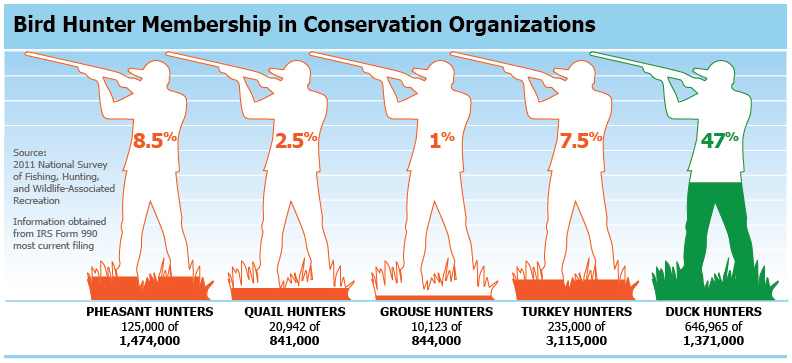
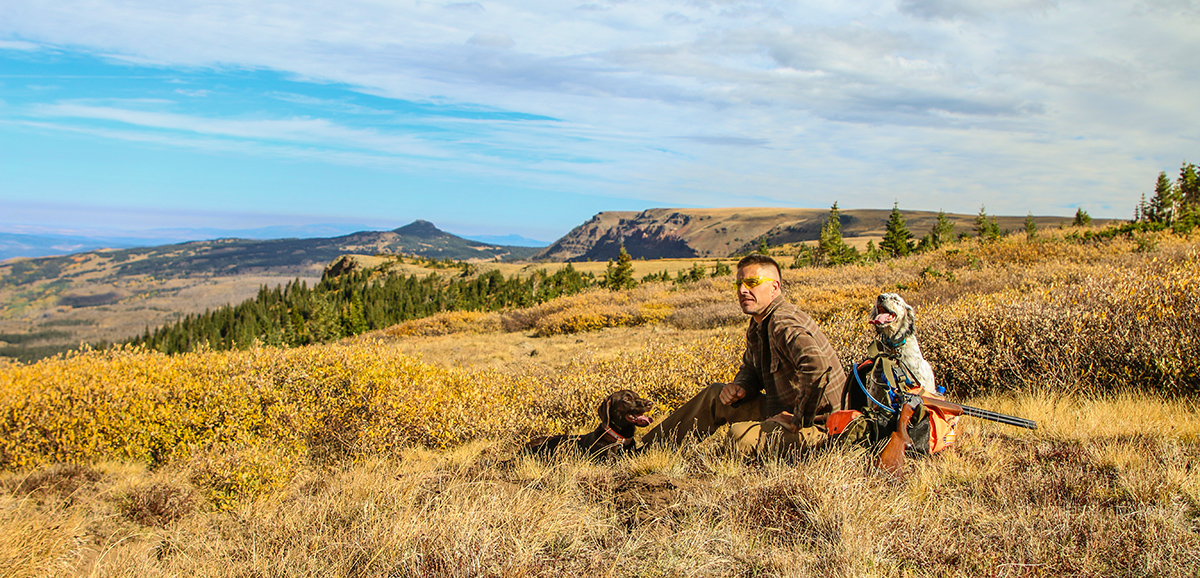
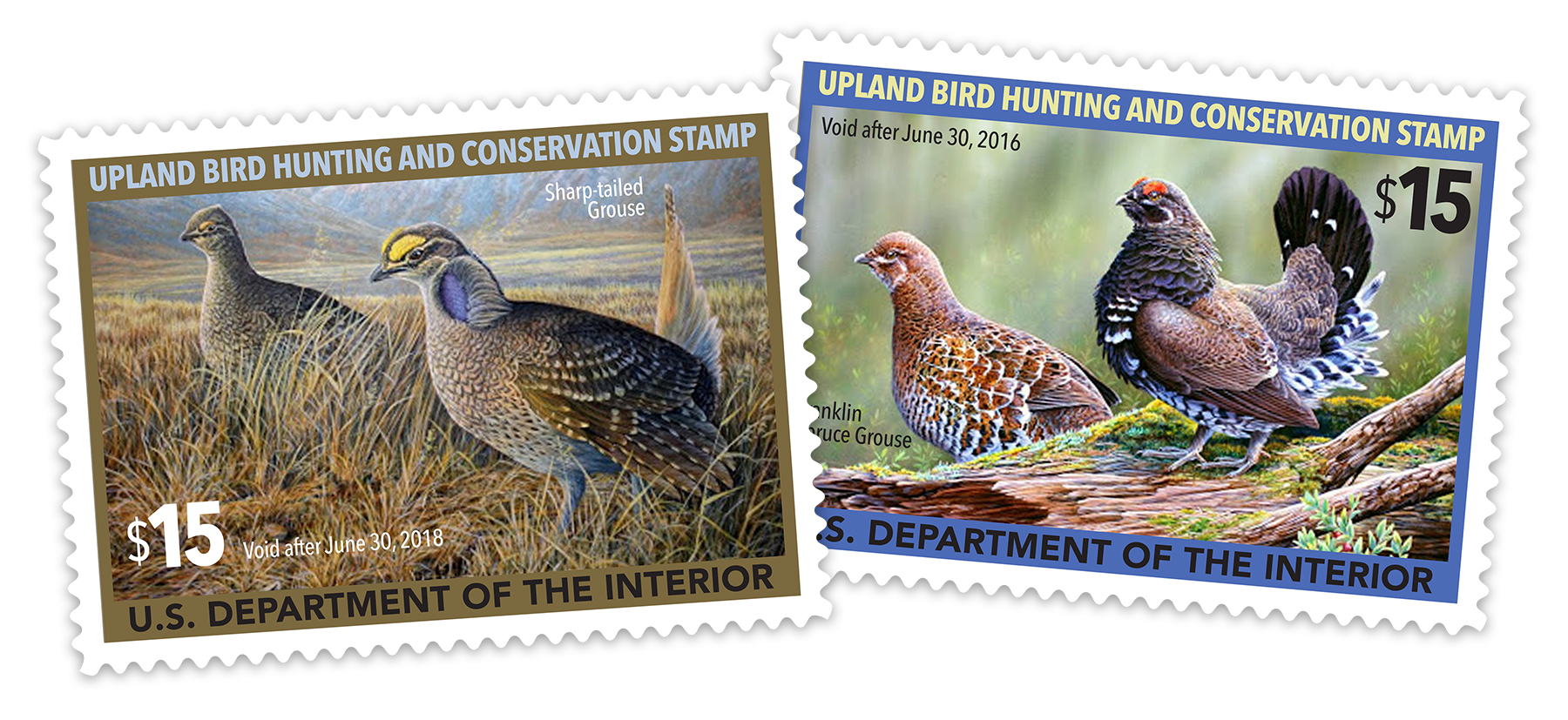
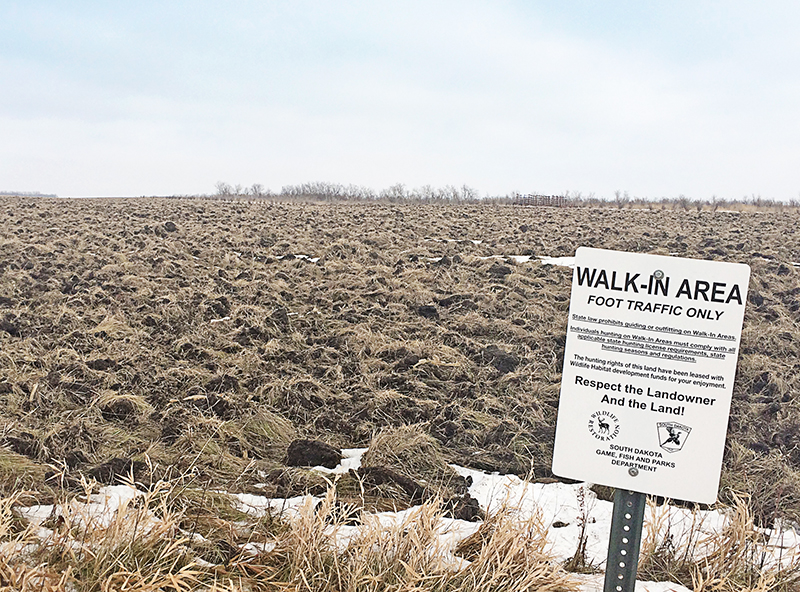
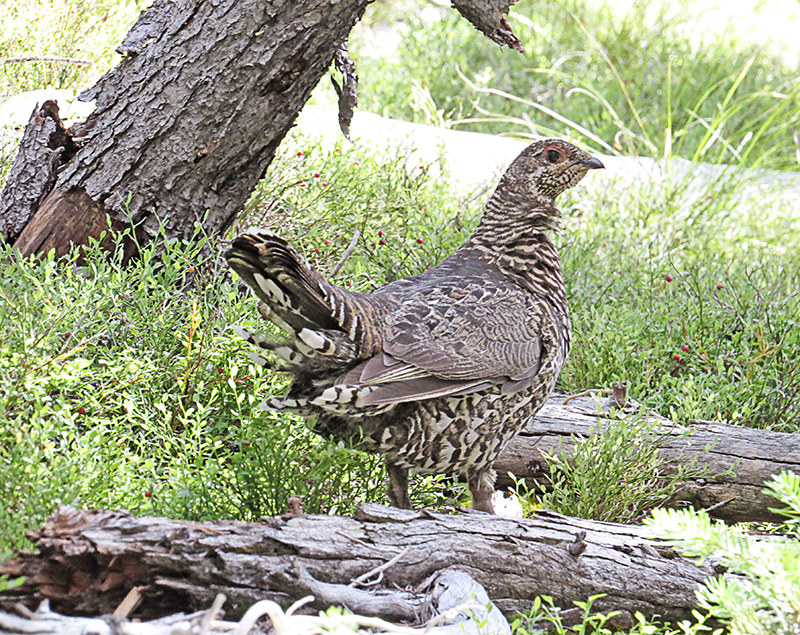
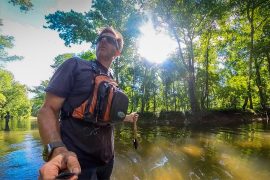
Good article, should help the novice to be more intelligent!!